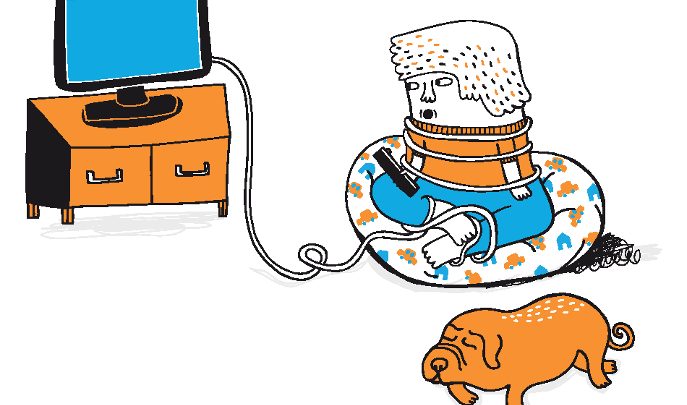Government’s 14-Point Childhood Obesity Plan Wastes Time And Money With Its Narrow Scope

'More sport, less sugar' isn’t enough to tackle this health crisis

- by Jim McKenna

There are more than 100 influences on childhood obesity, and the government has cherry-picked just 14 in order to solve the problem. Its recent report, Childhood Obesity – A Plan For Action, effectively endorses a ‘magic bullet’ approach, which is neither appropriate or desirable when the future wellbeing of so many young people depends on it.
With complex problems like this, the evidence shows that integrated action across a wide array of fronts is what really works. The report, however, by appearing either indifferent or ignorant to the depth of the problem, and by avoiding pressurising the food industries that contribute to excessive calorie consumption, has alienated many professionals and agencies. Having some insight into whatever new intelligence the government used to pick these 14 areas over others might have built enthusiasm for the report. But that wasn’t offered.
Systemic change is needed, and it makes more sense to pursue a cultural shift that makes health everyone’s concern. Childhood Obesity – A Plan For Action, however, suggests the government is taking a different direction; one focused on more sport and less sugar. The case isn’t convincing, and the furore around the report indicates the widespread dissatisfaction expressed by those who grasp the complexity of the issues.
Even though Public Health England continues to provide detailed and extensive reviews of factors affecting childhood obesity, the report singles out things such how leisure centres could make changes to their vending services. While this might seem to indicate a policy that is turning strategy into action, the logic is flawed – how many inactive children ever go to a leisure centre, let alone to spend their pocket money on carbonated drinks there? What proportion of today’s overweight or obese young people will this help?
Another major shortcoming is assigning schools with the challenge of increasing physical activity. It’s hard to see how cramming more into the already overburdened school day can produce systematic success, and there are no obvious mechanisms for influencing parents to provide opportunities for physical activity.
When schools do find success in this area, it’s too often a result of the enthusiasms of individual teachers. That is no basis for strategy. Worse, we already know teachers are underprepared for supporting physical activity, either during lessons or at break times. Primary and junior school teachers receive derisory amounts of training in their undergraduate courses about how to deliver active lessons, let alone proper PE lessons.
Equally, teachers’ own lifestyles can leave a lot to be desired in terms of health. I doubt many schoolteachers meet the current recommendations for adult physical activity, let alone the hour-per-day recommendation promoted for children. And while anyone can spout the rhetoric of ‘exercise is good’, that sort of knowledge only goes so far. Pupils need to learn how to develop new habits, not just be told they need to develop them.
The reliance on ‘more sport’ is a major issue. Here is a simple question that gets to the heart of this issue: how does it help to offer more sport to children who don’t like it? Local-level intelligence around the country suggests this approach produces a deep sense of disappointment and dissatisfaction for the most-inactive pupils.
This also highlights the difficult relationship we have with sport. We’re offered Olympians and professional athletes as heroes in whose accomplishments we can feel aspirational pride, but we need to move beyond seeing physical activity as a competition where only the best in the world are heralded. We need to move beyond blindly accepting the that investing in these people will provide the necessary physical activity for inactive children.
Instead, we need to look for the mechanisms of how we provide that activity, and support this as a means to a healthy lifestyle – rather than trophies and adulation. There is always tension about supporting what is essentially ‘prevention’, but we need to show how investment now will prevent further spending on healthcare in the future. And it does. Unfortunately, the harsh reality is that it rarely provides media stories that can feature government ministers.
Jim McKenna is professor of physical activity and health at Leeds Beckett University.










